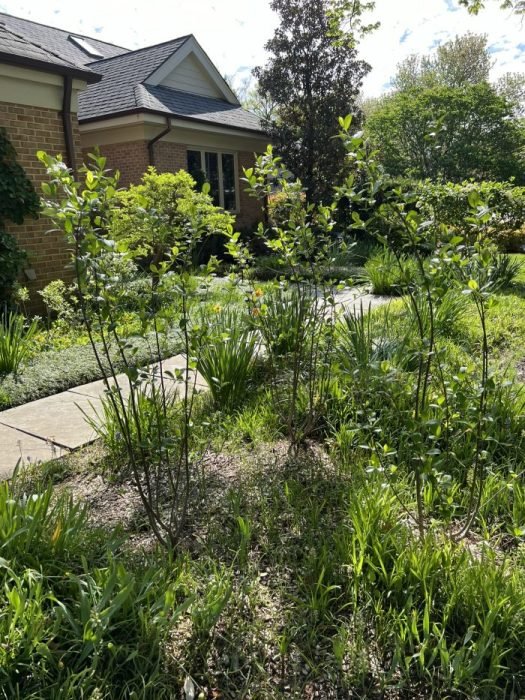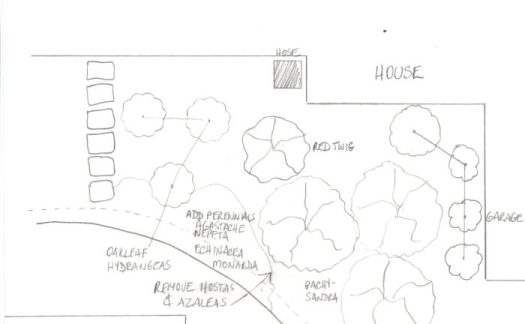Many concerned gardeners want to transition their home garden dominated by non-native species to a more pollinator-friendly native garden once they realize the benefits to the environment. Native gardens increase biodiversity, connect with natural ecosystems and provide habitat for native wildlife. The goal when planting native species in your garden is to contain at least 70% native species.
But creating a more ecodiverse landscape can seem intimidating at first, especially if your property falls under HOA (Home Owners Association) rules. Most HOAs are resistant to any drastic changes and especially changes that may visibly alter the exterior appearance of your home and try to keep all properties under their purview “manicured and uniform in character.” All it takes is one resident to file a complaint for a warning to be issued to the offending landlord and then a cascading effect of conflicts and problems can ensue. Homeowners associations are largely populated by elected volunteers who have little experience in all environmental issues, especially good communication and problem solving.
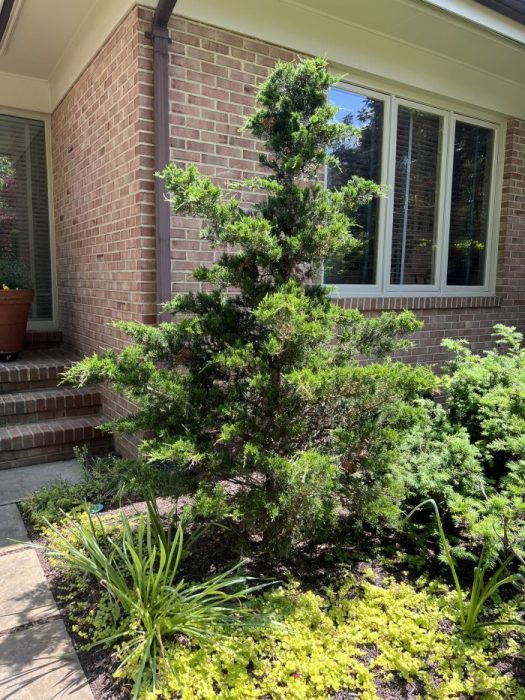
If you live in a community governed by a HOA in my state, Maryland, it can no longer prohibit you from planting native plants and creating habitat for wildlife. The MD State Assembly passed a law in 2021 and has joined several other states in passing MD HB322a law that specifically addresses your right to be wildlife-friendly. Even the national association that represents homeowners associations supported the legislation. Many states have jumped on board, but you need to check your state laws before addressing this issue.
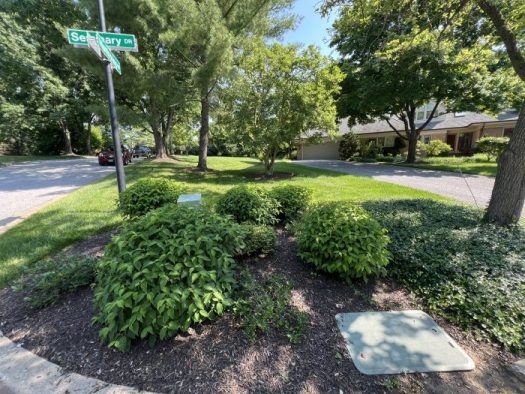
I have been involved as a landscaper working on a property that was planted with totally exotic ornamental plants that came from all over the world. Most of the plants used are commonly planted today in many urban and suburban locations as they are relatively cheap (think yews) and grow quickly with little care (more yews!). But unfortunately, deer are attracted to many of the ornamental plants and they become a deer buffet and unpleasant looking.
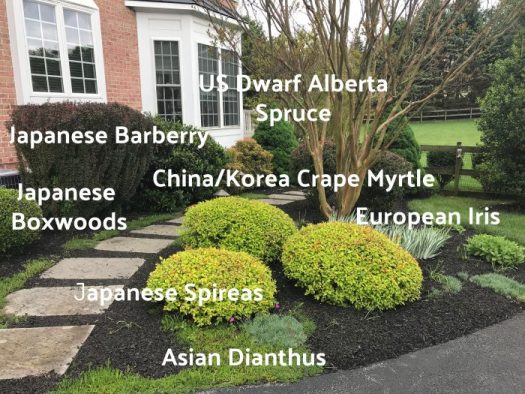
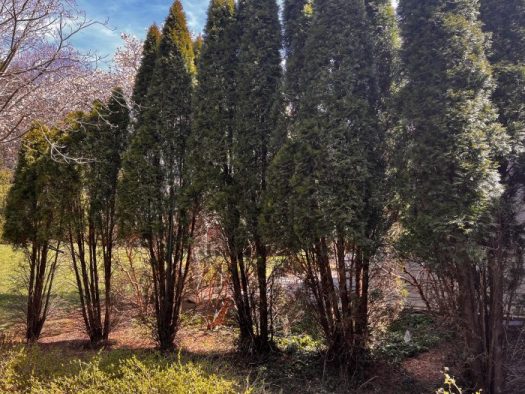
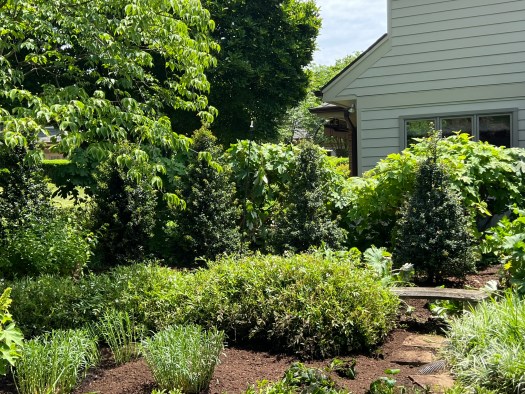
I was hired to convert a property over a period of years into a mostly native landscape. Our goal was a minimum of 70% native plantings from an initial line of 100% exotic ornamentals. Implemented gradually over several years (this is year 5), the conversion is much more feasible, in terms of manpower and budget. The remaining 30% will be large established trees, such as Japanese maples and magnolias, which are already present. For each change that was made, I was asked to submit a scale drawing of the proposed new plantings and removals, which was reviewed by the HOA committee.
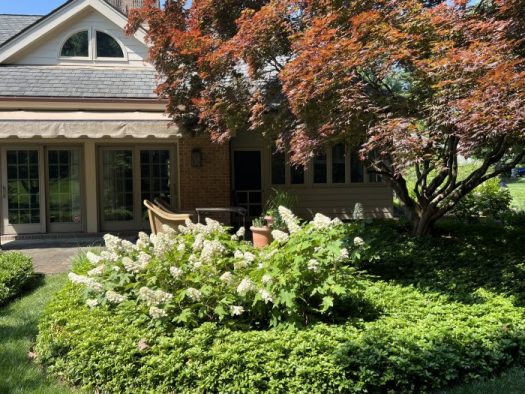
Do not assume that the committee will know and understand the plants. I tried to describe each one (evergreen or deciduous), the final size, and a picture to refer to. I also included benefits to the environment, such as berries for birds, host plants for butterflies, forage for bees, etc.
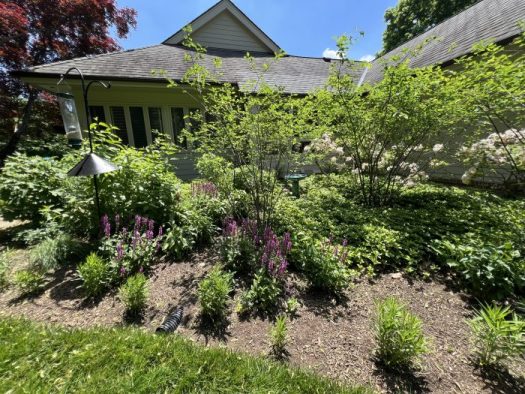
Most of the ground cover on the property was Japanese Pachysandra, Pachysandra terminalis. Our goal is to uproot and replace with native ground covers such as Green and Gold (Chrysogonum), Native Pachysandra (Pachysandra procumbens), Christmas Fern (Polystichum acrosticoides), Bleeding Heart (Dicentra eximia), Heuchera villosa ‘Autumn Bride’, and Ragwort (Packera aurea). Large areas have already been planted and are taking off.
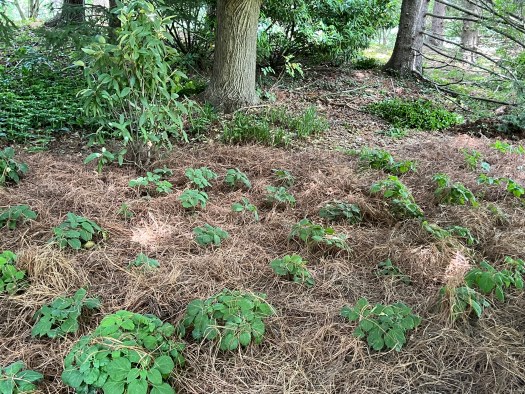
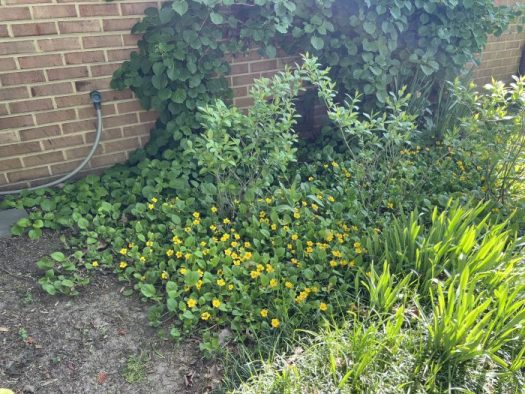
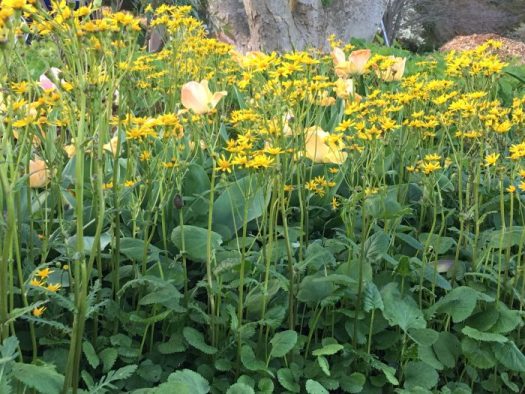
Screens are often on the wish list when people renovate or install landscaping. Native evergreen screening plants are in higher demand than those commonly used such as Arborvitaes, Cherry Laurels and Exotic Japanese Cedars for native landscapes. I often use native hollies (Ilex opaca), which have several cultivars. I use this great reference, America’s Evergreen Holly Treesat the American Gardener for different native hollies.
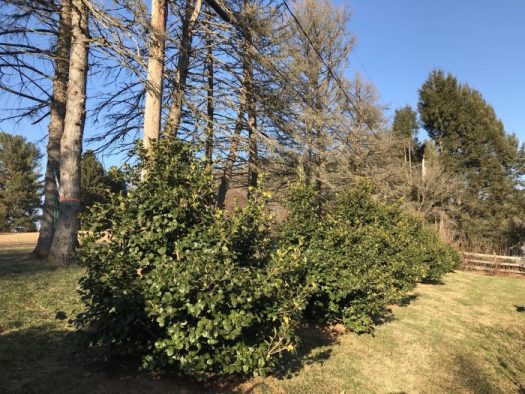
Huckleberries, huckleberries, leatherleaf viburnums, and eastern red cedars are also good native evergreen spotting options.
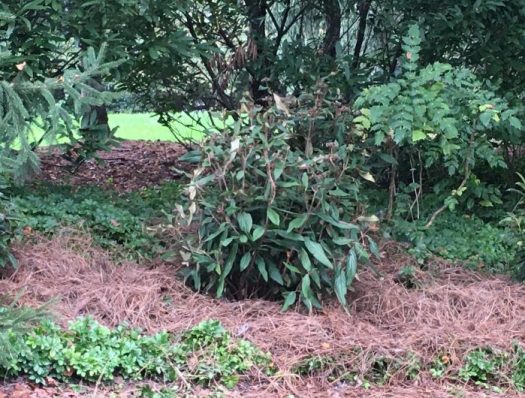
My client really wanted some flowering perennials to add color and pollinator forage. We planted instead of Pachysandra: butterfly weed (Asclepias), dwarf goldenrod (Solidago), coneflowers, mountain mint (Pycnanthemum), anise hyssop (Agastache), Indian rose (Spigelia) and Virginia bluebells (Mertensia). Chosen for different flowering times, there is always something in bloom in the garden.
The most important step was to place signage to warn and raise awareness among passers-by. Waiting for other people to begin their own transition is part of the plan.
You can get signals online with The National Wildlife Federation or with Doug Tallamy’s website – Homegrown National Park.
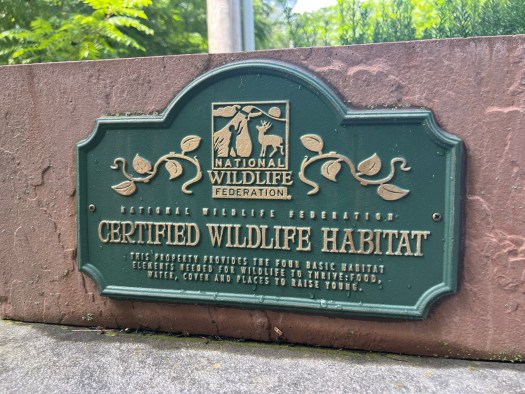
- Evaluate your plantings and slate to remove any defective or deer-browsed plants; Stay with the ones you love!
- Choose one area at a time to remove, replant and restore.
- Find out your HOA restrictions.
- Send a plan if necessary to the HOA (hand-drawn plan to scale) with the benefits of the plant.
- Meet with the HOA in person if necessary at the property to review the plan and discuss with neighbors any changes that affect them.
- Put up a sign to let people know about the changes.

Simple hand drawn plan.

